Artificial Intelligence (AI) has transformed the content creation landscape, enabling businesses and individuals to produce high-quality, targeted, and scalable content with efficiency. In this guide, we will explore what AI-generated content entails, how it works, and why it is becoming a cornerstone of modern marketing strategies. Discover all points How to Use AI to Generate Content.
What Is AI-Generated Content?
AI-generated content refers to text, images, videos, or other media created using artificial intelligence technologies. By leveraging machine learning algorithms, these tools can produce content that mimics human creativity and style while adhering to specific guidelines or objectives.
Key Features of AI-Generated Content:
- Automates repetitive tasks like drafting captions or generating blogs.
- Ensures consistency in tone, style, and format.
- Personalizes content for target audiences based on data insights.

How Does AI-Generated Content Work?
AI content tools rely on advanced algorithms, such as Natural Language Processing (NLP) and Generative Adversarial Networks (GANs), to process data and create meaningful outputs. Here’s a breakdown of the process:
- Input Data Collection: AI systems collect and analyze data, such as user preferences, trending topics, and industry standards.
- Algorithm Training: Machine learning models are trained on vast datasets to learn linguistic patterns, tone, and context.
- Content Generation: Once trained, the AI creates content based on prompts, such as blog topics, keywords, or style preferences.
- Editing and Refining: Some tools include feedback mechanisms to refine and improve content outputs over time.
Example: ChatGPT generates human-like articles, captions, or scripts by processing input data and responding in a structured and coherent format.
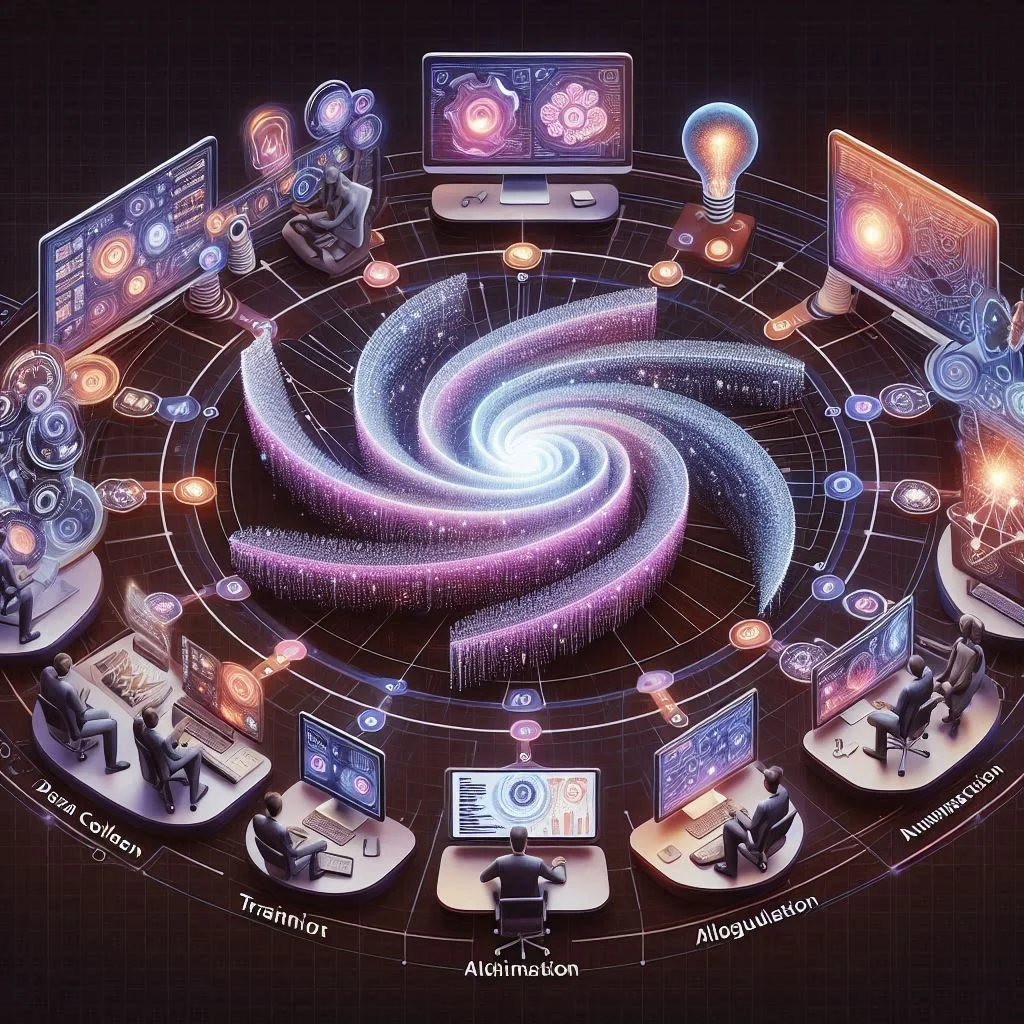
Why AI Content Creation Is Revolutionizing Marketing
The integration of AI into marketing strategies has reshaped how businesses interact with audiences, offering unparalleled advantages:
1. Speed and Efficiency:
AI tools can generate content in minutes, freeing up human resources for strategic tasks. For instance, AI-powered tools like Narrato or Jasper produce complete blog drafts in seconds.
2. Scalability:
Whether you need one article or hundreds, AI enables mass content production without compromising quality, making it ideal for businesses of all sizes.
3. Enhanced Personalization:
AI tools analyze customer data to tailor content specifically for individual preferences, increasing engagement and conversions.
4. Cost-Effective Solutions:
By automating content creation, businesses can reduce operational costs and allocate resources more effectively.
5. Data-Driven Decisions:
AI systems analyze audience behavior, enabling marketers to create relevant and impactful content based on actual insights.

Benefits of AI Content Creation
Saves Time and Boosts Productivity
One of the most significant advantages of AI content creation is the ability to save time. AI tools can generate articles, captions, or even video scripts in a matter of seconds, freeing up marketers and content creators to focus on strategy and creativity. By automating repetitive tasks like proofreading, keyword optimization, and formatting, AI allows for a more efficient workflow.

Enhances Content Quality and SEO Performance
AI tools are equipped to improve the quality of content through features like grammar correction, readability enhancement, and keyword analysis. Advanced algorithms ensure that the content is optimized for search engines by suggesting meta descriptions, titles, and appropriate keywords. AI also uses analytics to predict the kind of content that will engage audiences the most. This leads to improved organic traffic and higher SERP rankings.

Cost Efficiency and Scalability
Using AI in content creation reduces costs by minimizing the need for extensive human resources. Businesses can produce large volumes of content without sacrificing quality, making it easier to scale marketing efforts across multiple channels. Additionally, AI tools allow small businesses to compete with larger organizations by producing professional-grade content on a budget.

Challenges of Using AI for Content Creation
Limited Creativity and Originality
While AI excels at generating content quickly, it often struggles with creativity and originality. AI relies on pre-existing data to create outputs, which can lead to repetitive or generic results. Unlike humans, AI cannot invent new ideas, craft unique storytelling approaches, or express cultural nuances effectively. This limitation can hinder brands looking for highly innovative or groundbreaking content.

Relatability and Tone Consistency Issues
Maintaining a relatable tone that resonates with a specific audience can be challenging for AI. Despite advancements, AI may struggle to adapt its tone to fit different contexts, audiences, or cultural sensitivities. As a result, the content may appear robotic, lacking the emotional depth and relatability that human-written pieces offer.
Additionally, achieving consistency in tone across multiple pieces of AI-generated content can be difficult, leading to brand voice dilution.
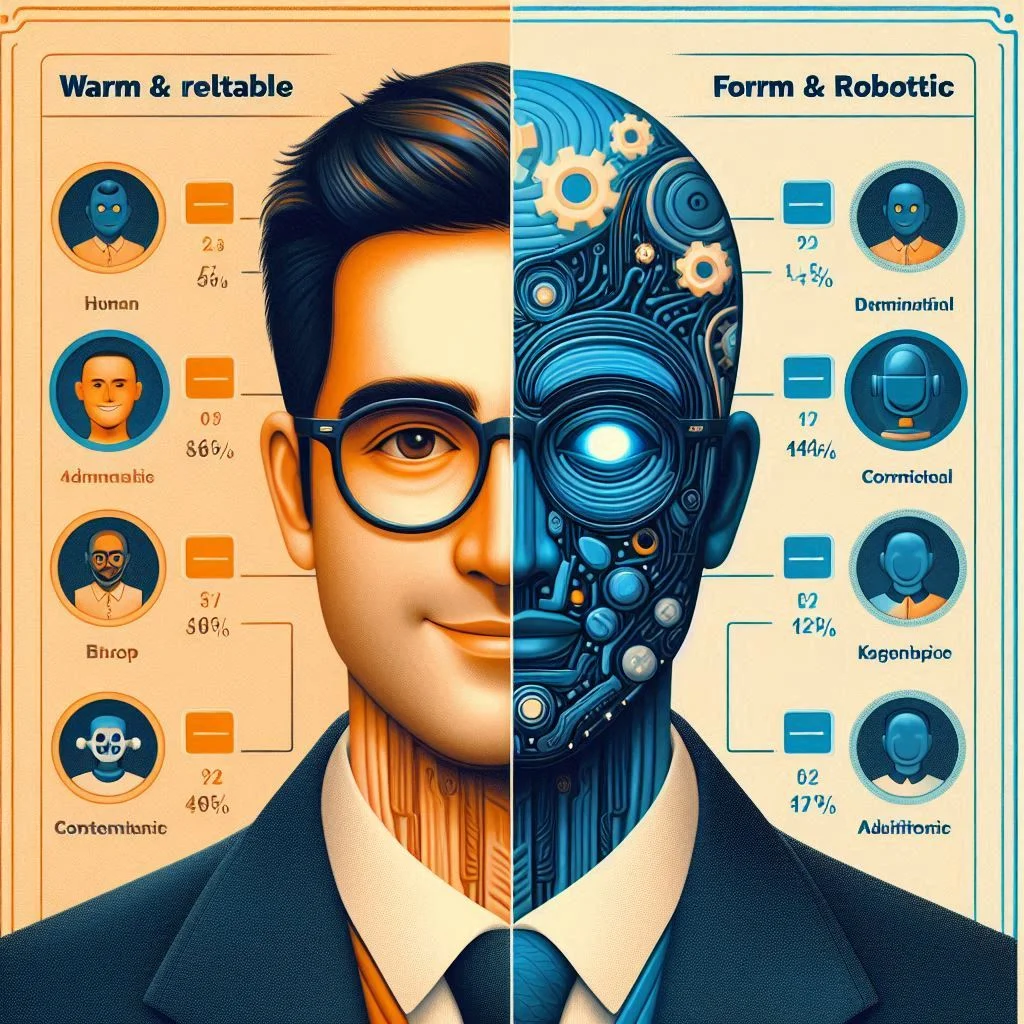
Ethical Concerns and Reliability
AI content creation raises ethical concerns, particularly around data usage and plagiarism. AI tools often generate outputs based on datasets scraped from the internet, sometimes without permission. This can lead to copyright issues or unintentional plagiarism.
Another challenge is misinformation. AI can inadvertently generate content that includes inaccurate data or unverified claims, which can damage a brand’s credibility. Businesses must ensure human oversight to maintain reliability and authenticity.

AI Tools for Content Creation in 2024
AI content creation tools have evolved significantly, empowering marketers and creators to streamline workflows, increase productivity, and enhance creativity. From automated text generation to visual content design and competitor analysis, these tools cater to every aspect of content creation. Let’s explore the leading tools in 2024 across different categories.
Automated Text Generation Tools
Narrato AI Content Genie
Overview: Narrato AI Content Genie is a game-changer for automated content creation, allowing users to generate articles, social media posts, and more with ease. It combines AI-driven text generation with integrated SEO optimization.
Features:
- Generates content drafts based on user-provided topics and keywords.
- SEO analysis to ensure content ranks high on search engines.
- Multi-format compatibility for blog posts, emails, and social media.
Best For: Content marketers and businesses looking to generate high-quality, search-optimized content quickly.

HubSpot AI Caption Generator
Overview: HubSpot’s AI Caption Generator creates tailored captions for social media. It adapts to different platforms, ensuring the tone and format match your brand’s voice.
Features:
- Suggests captivating captions based on post content.
- Offers variations in tone such as formal, humorous, or casual.
- Integrates seamlessly with HubSpot’s CRM for analytics and scheduling.
Best For: Social media teams aiming to maintain engagement without manually drafting captions.

Buffer’s AI Assistant
Overview: Buffer’s AI Assistant helps repurpose content for social media, creating multiple post variations from a single source. It’s perfect for efficient scheduling and engagement.
Features:
- Creates post variations to match platform-specific requirements.
- Suggests optimal posting times for maximum engagement.
- Transforms long-form content into bite-sized posts.
Best For: Social media marketers looking for a comprehensive content management tool.
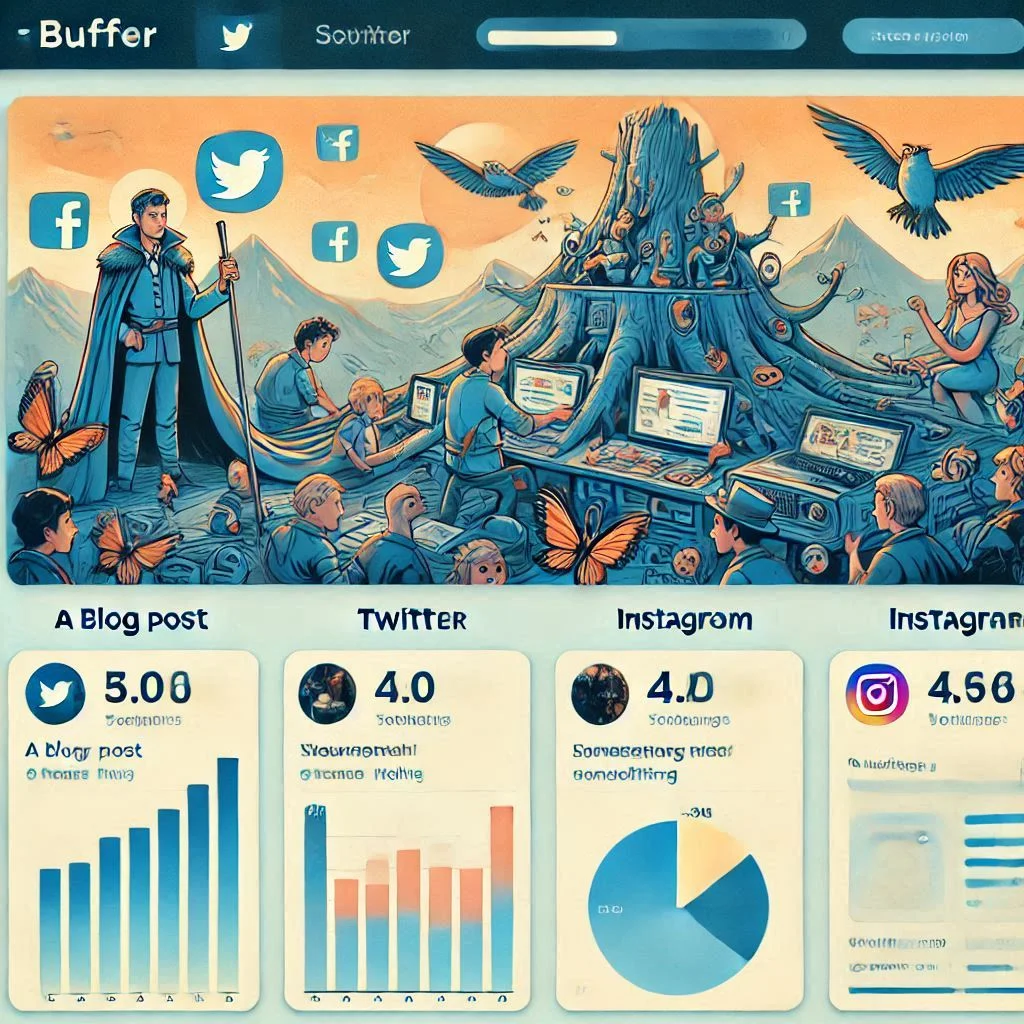
AI-Powered Visual Content Tools
Canva for Social Media Graphics
Overview: Canva integrates AI to simplify the design process, enabling users to create stunning graphics for social media in minutes.
Features:
- AI-powered templates optimized for different platforms.
- Image resizing and editing for cross-platform compatibility.
- Branding tools to maintain a consistent aesthetic.
Best For: Designers and marketers creating professional-looking visuals without advanced design skills

Pictory for Video Creation
Overview: Pictory leverages AI to turn written content into engaging video snippets, ideal for social media platforms.
Features:
- Automatically generates video from blog posts or scripts.
- Offers AI-suggested visuals, music, and captions.
- Compatible with platforms like YouTube, Instagram, and TikTok.
Best For: Marketers and creators looking to expand into video content with minimal effort.
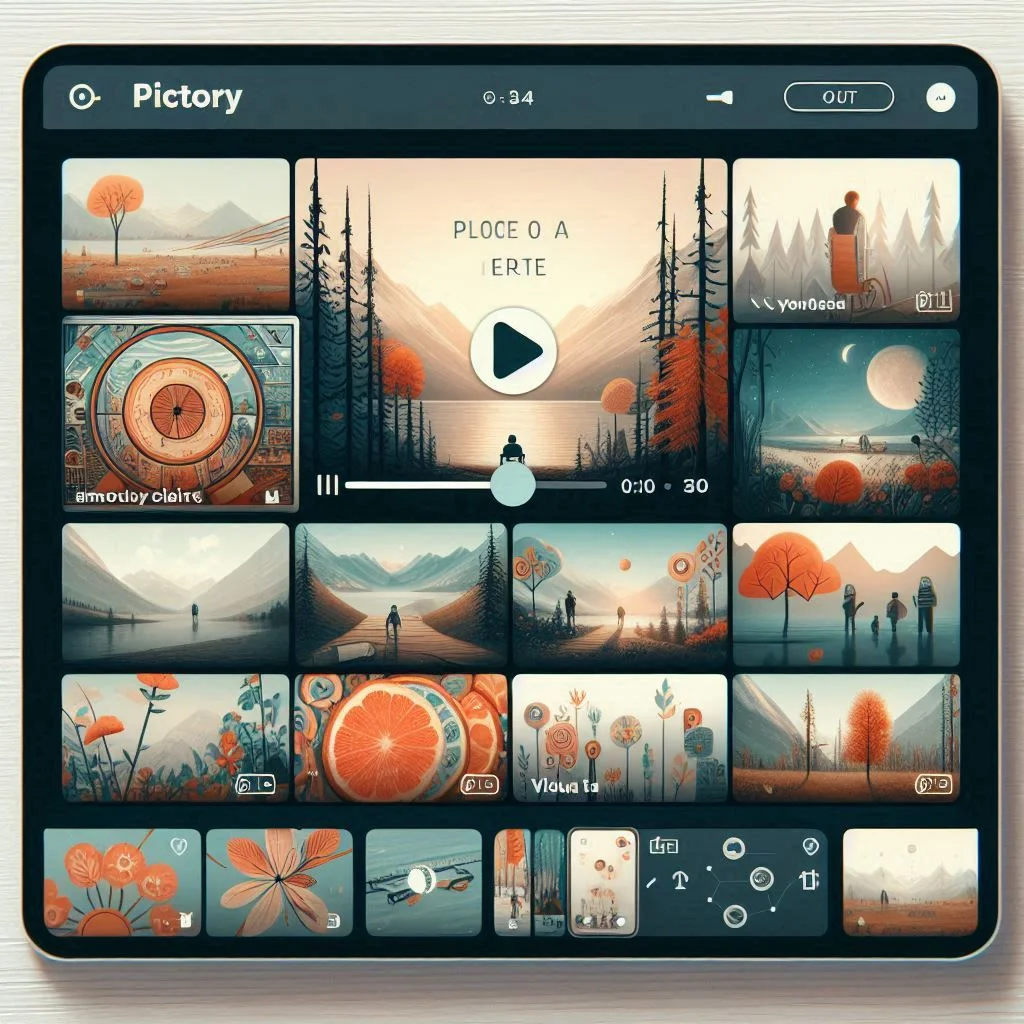
Supermeme.ai for Meme Generation
Overview: Supermeme.ai is an AI-powered platform for creating humorous and relatable memes tailored to specific audiences.
Features:
- Converts text prompts into meme templates.
- Offers a library of trending templates and customizable options.
- Adds a personal touch with AI-driven humor suggestions.
Best For: Social media managers aiming to boost engagement through shareable and entertaining content.

Competitor and Audience Insights
Mentionlytics for Social Listening
Overview: Mentionlytics uses AI to monitor brand mentions across social media, providing valuable insights into customer sentiment and conversations.
Features:
- Tracks brand mentions, hashtags, and keywords in real time.
- Offers sentiment analysis to gauge audience perception.
- Provides reports on emerging trends in your niche.
Best For Businesses looking to stay on top of customer feedback and brand reputation.
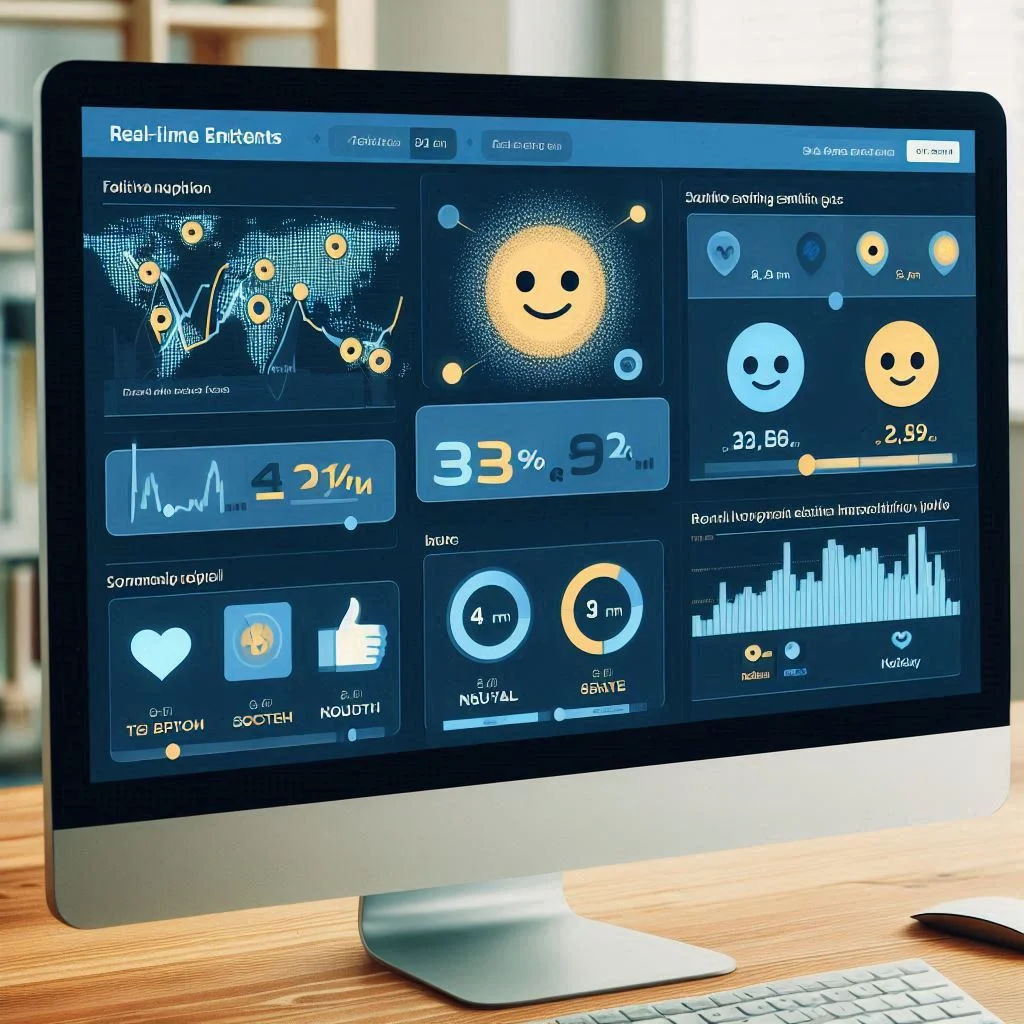
Rival IQ for Competitor Analysis
Overview: Rival IQ specializes in AI-powered competitor analytics, enabling marketers to benchmark their performance and refine strategies.
Features:
- Tracks competitor social media performance.
- Analyzes post engagement rates and content effectiveness.
- Recommends actionable insights for outperforming competitors.
Best For: Marketers focusing on outpacing competitors in the social media space.
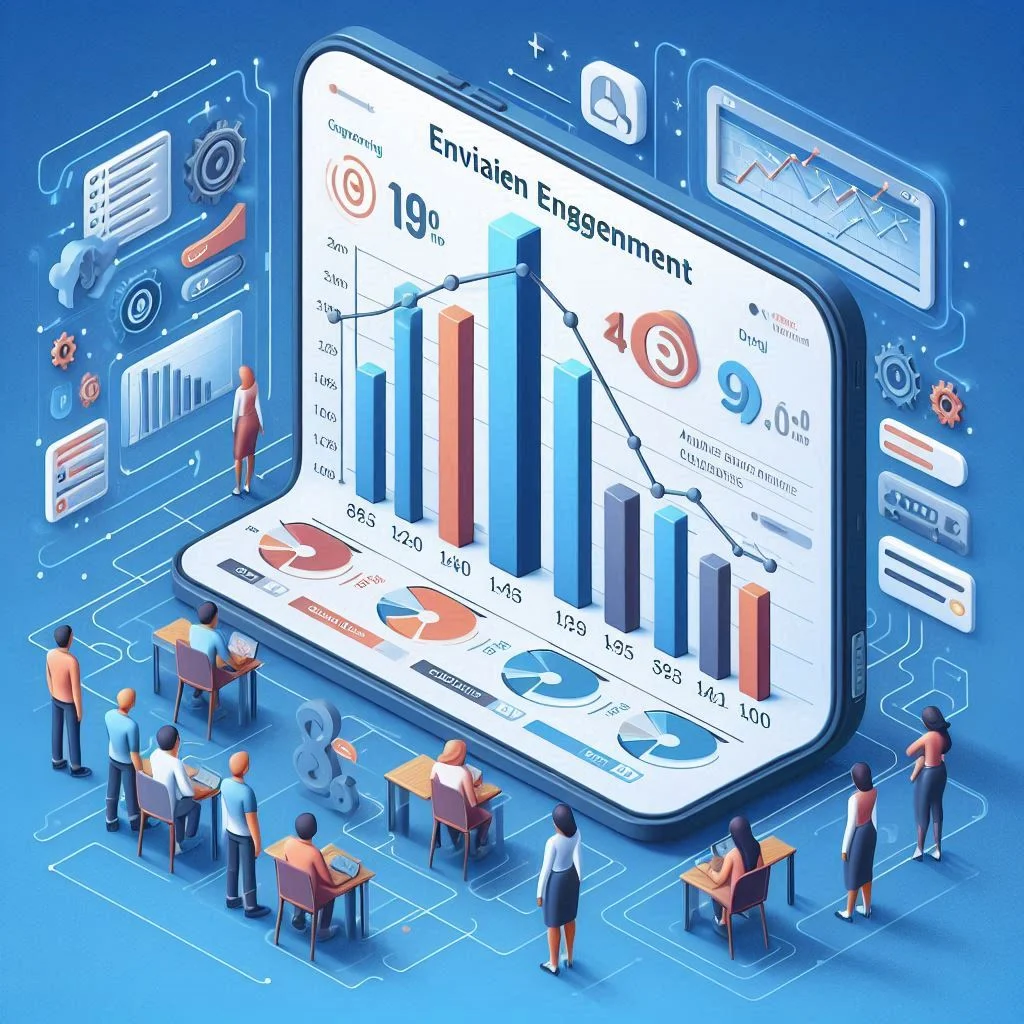
How to Create Content with AI Tools: Step-by-Step
Creating content with AI tools is a structured process that involves understanding your audience, selecting the right tools, and strategically repurposing content for maximum impact. Here’s a detailed guide to help you utilize AI tools effectively in your content creation strategy.
Understanding Your Target Audience
The foundation of successful content creation lies in knowing who you’re creating for. AI tools can assist in gathering and analyzing data about your audience’s preferences, behavior, and pain points.
Steps:
- Analyze Demographics: Use tools like Google Analytics or social media insights to identify your audience’s age, location, and interests.
- Behavioral Insights: AI tools like Mentionlytics can monitor online conversations to uncover what resonates with your audience.
- Content Preferences: Identify whether your audience prefers blogs, videos, or social posts to align your strategy.
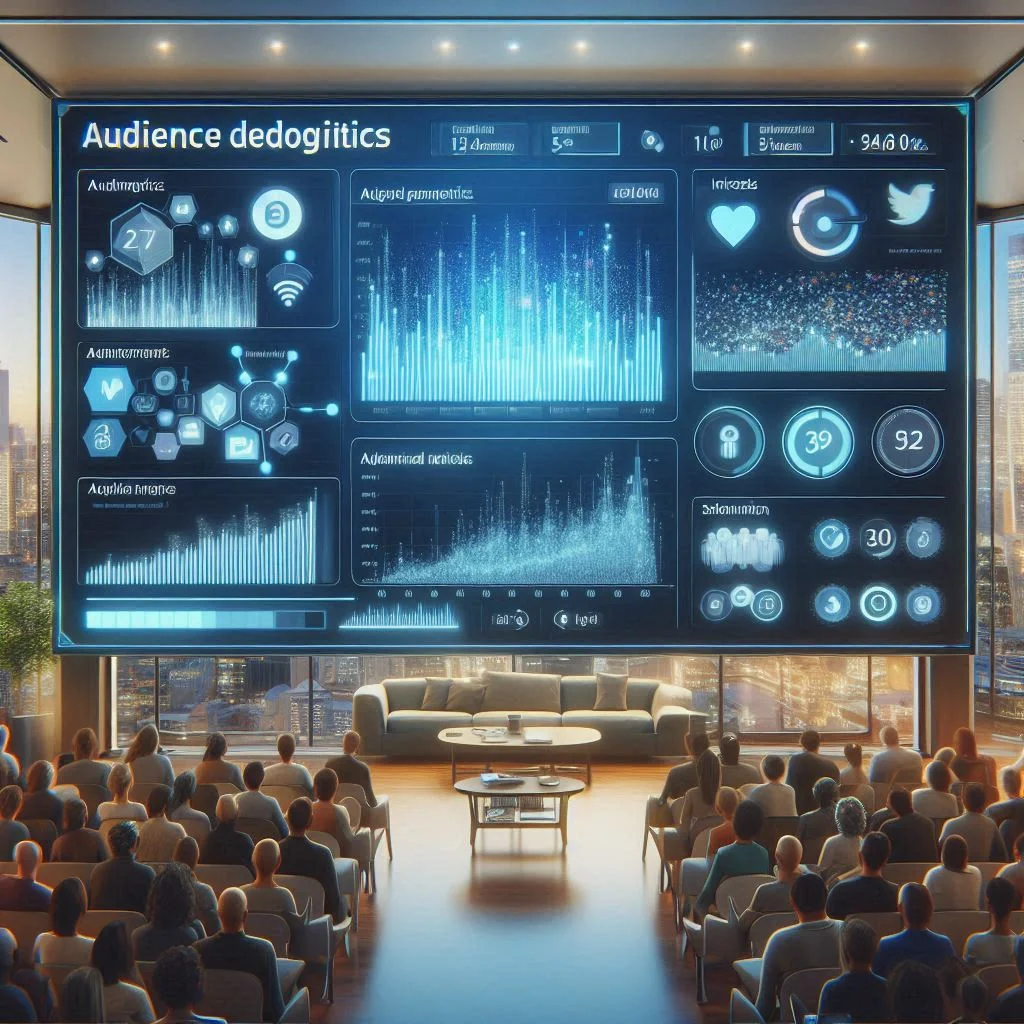
Choosing the Right AI Tools for Your Goals
The choice of AI tools depends on the type of content you want to create and your overall marketing objectives.
Tips for Selection:
- Text Generation: For blogs and captions, tools like Narrato AI or HubSpot AI Caption Generator are excellent choices.
- Visual Content: Canva and Pictory are ideal for creating graphics and videos, respectively.
- Competitor Insights: Rival IQ can help you benchmark and outpace your competitors.
- Automation: Tools like Buffer can streamline scheduling and repurposing content.
- Custom Integration: Choose tools that integrate seamlessly with your existing CMS or CRM.
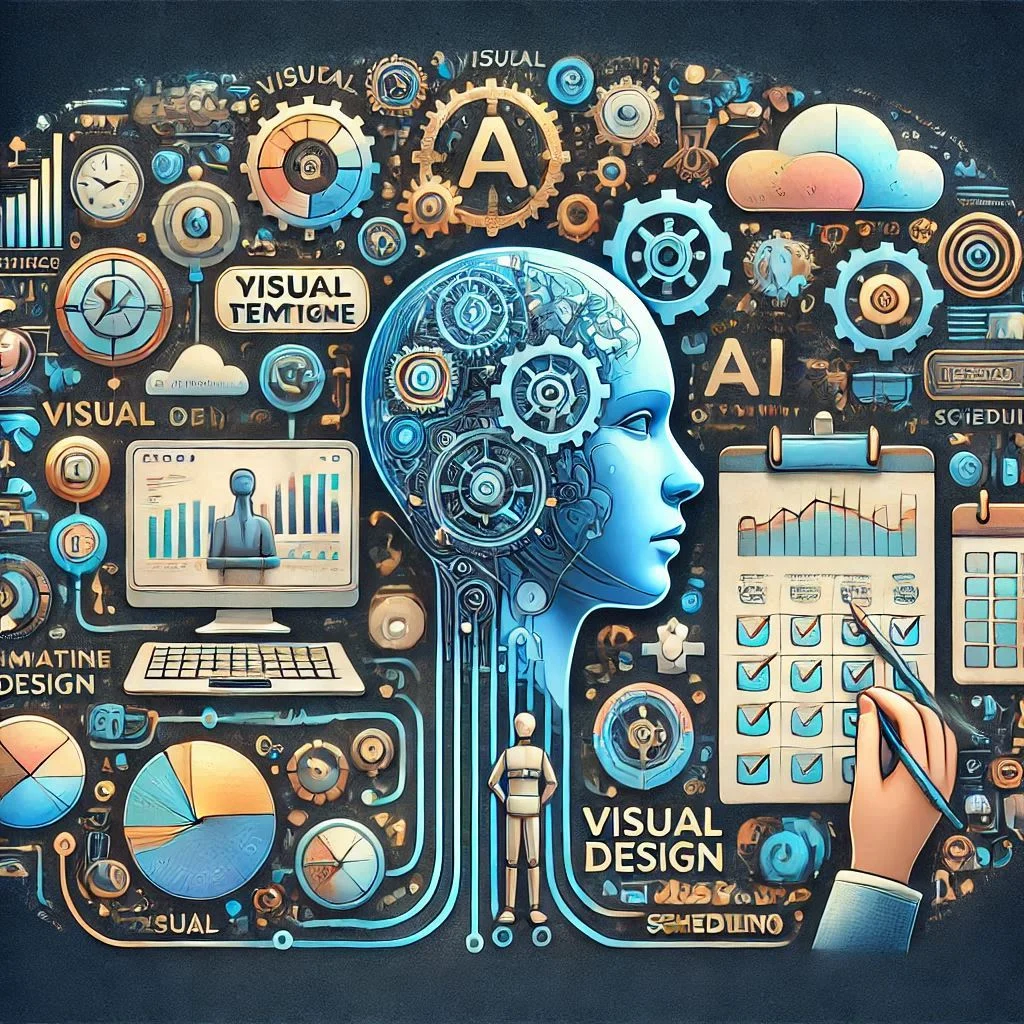
Keyword Research and Content Ideation
Keyword research and ideation are crucial for creating content that ranks on search engines and engages your audience.
Steps:
- Keyword Research: Use tools like SEMrush or Ahrefs to identify high-ranking keywords related to your niche.
- Trending Topics: AI tools like AnswerThePublic can provide questions and topics your audience is searching for.
- Content Mapping: Organize ideas into categories such as blogs, videos, and social media posts for consistent creation.
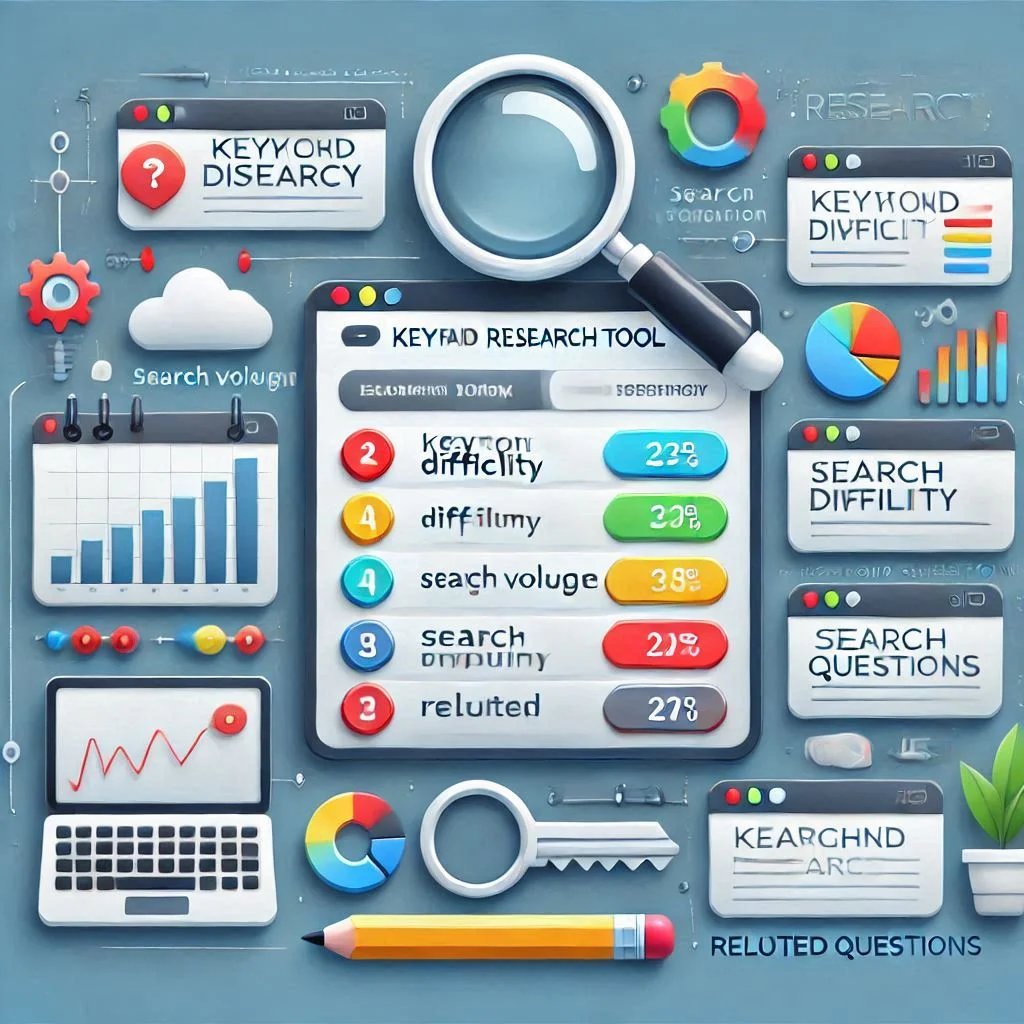
Creating and Repurposing Content
Once you’ve identified your audience and keywords, the next step is to create and repurpose content for maximum reach.
Supporting Visual, Audio, and Video Content
Visual, audio, and video content are integral for engaging today’s audience. AI tools make it easier to create high-quality content across these formats.
Steps:
- Visuals: Use Canva or Adobe Spark to design on-brand graphics.
- Videos: Pictory and Descript can turn text into engaging video formats with subtitles and animations.
- Audio: Tools like Murf AI can generate voiceovers or podcasts from scripts.
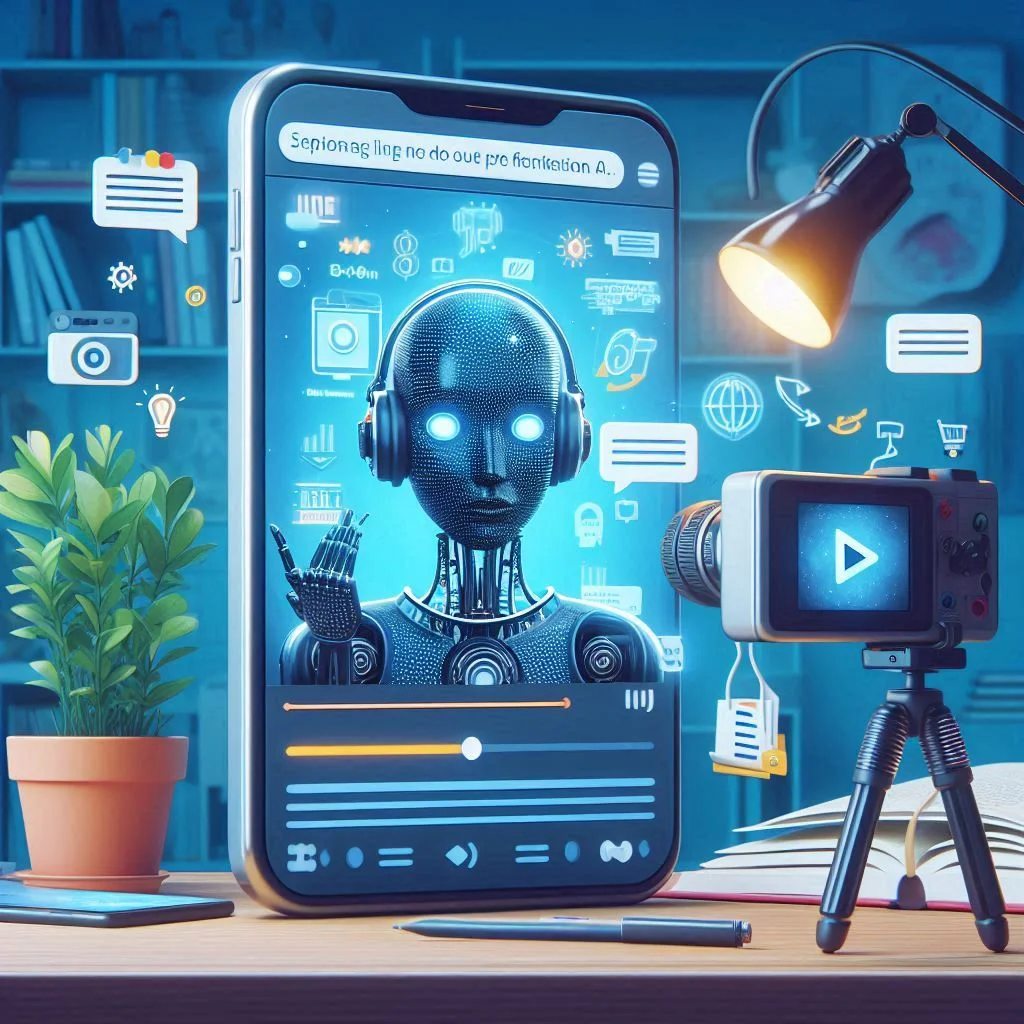
Repurposing Existing Content Effectively
AI tools can help you turn one piece of content into multiple formats to reach different audiences.
Examples:
- From Blogs to Videos: Use Pictory to create video highlights from long-form content.
- From Videos to Social Posts: Buffer’s AI assistant can extract key points and create engaging tweets.
- From Text to Visuals: Transform text-heavy content into infographics with Canva.
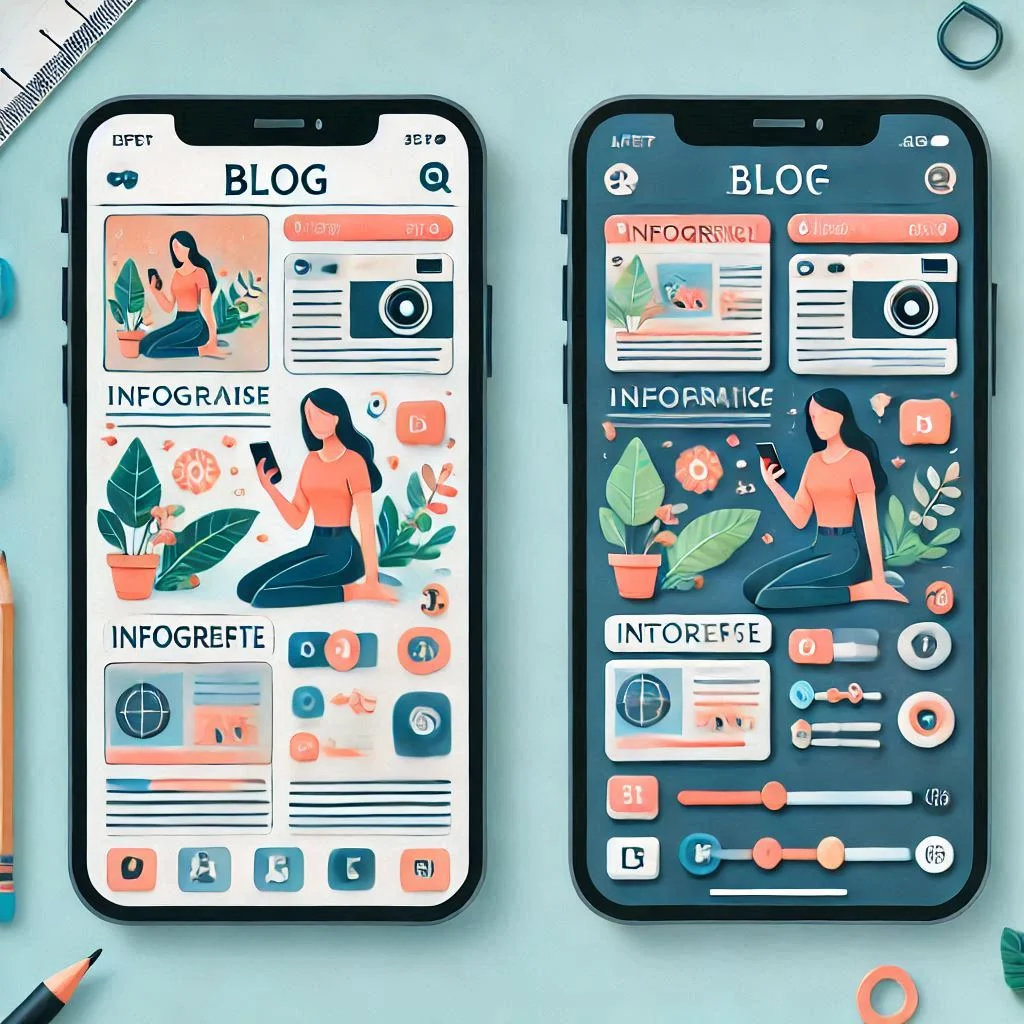
Best Practices for Incorporating AI-Generated Content
AI-generated content can revolutionize marketing efforts, but integrating it effectively requires a balance between technology and human oversight. Adopting the following best practices ensures high-quality, engaging, and ethical content creation.
Balancing AI and Human Creativity
While AI can streamline tasks and generate ideas, human creativity adds depth, emotional connection, and originality to content.
Best Practices:
- Use AI for Assistance, Not Replacement: Employ AI tools for repetitive tasks like generating headlines or social media captions while allowing humans to focus on creative storytelling.
- Collaborate Between AI and Writers: Encourage your content team to use AI outputs as drafts or inspiration rather than final copies.
- Regular Review: Ensure all AI-generated content aligns with your brand voice and values through manual reviews.

Ensuring Content Authenticity and Consistency
AI content needs to resonate with your audience and maintain authenticity to build trust.
Best Practices:
- Custom Brand Guidelines: Input your brand’s tone, style, and language into AI tools for consistent output.
- Fact-Checking and Verification: AI can occasionally produce inaccuracies. Always verify data, claims, and references.
- Localized Content: Tailor AI-generated content to match cultural nuances and local preferences to maintain relatability.
- Monitor Audience Feedback: Use insights from tools like Mentionlytics to gauge audience reception and tweak AI usage accordingly.

Ethical Use of AI in Content Creation
Ethical considerations are crucial when adopting AI in content creation to maintain credibility and avoid backlash.
Best Practices:
- Transparency in AI Usage: Clearly indicate when content is AI-generated, particularly in sensitive or informative topics.
- Avoid Misrepresentation: Ensure AI doesn’t exaggerate claims or create misleading information.
- Respect Data Privacy: Use AI tools that comply with privacy regulations like GDPR to protect user data during content creation.
- AI Moderation for Sensitive Topics: Avoid over-reliance on AI when addressing complex or emotional subjects; involve human expertise.
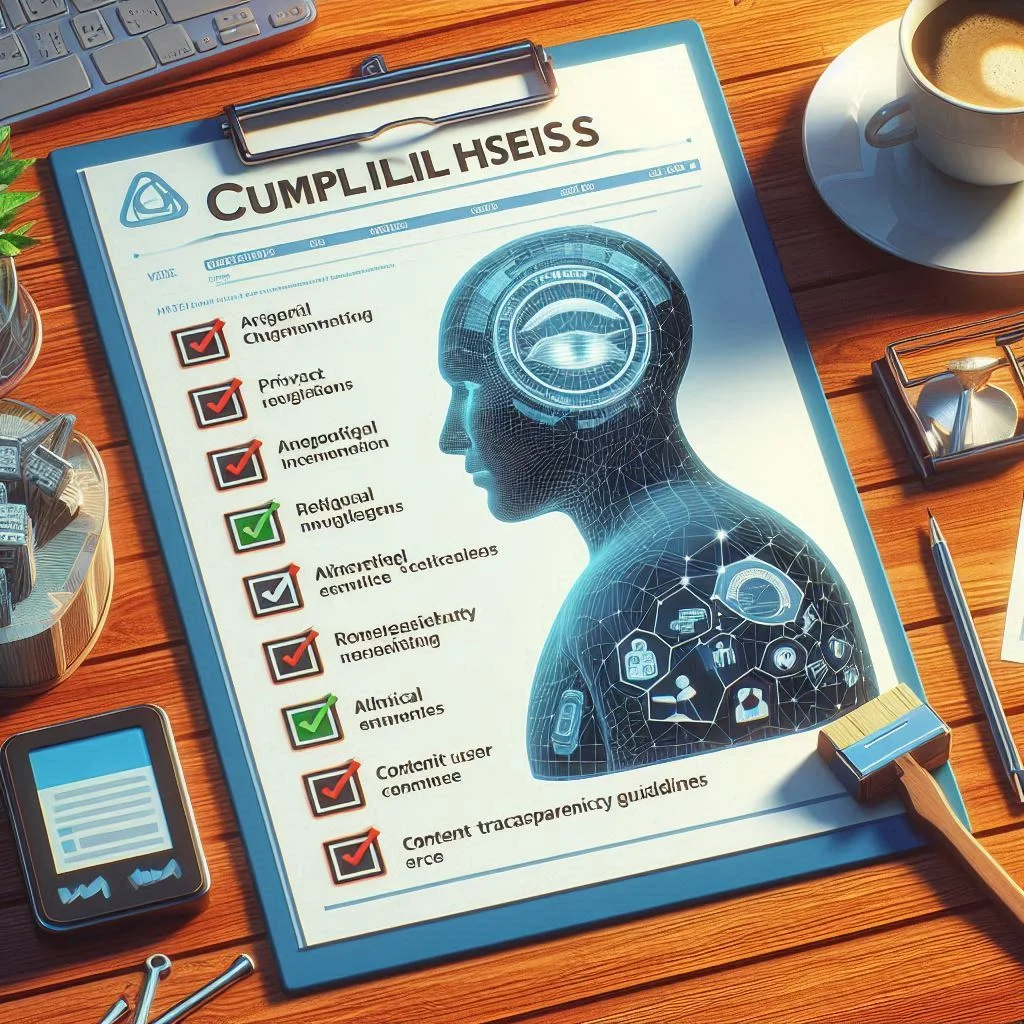
By balancing AI capabilities with human input, maintaining content authenticity, and adhering to ethical standards, businesses can effectively harness the power of AI in content creation. This approach not only ensures quality but also fosters trust and long-term audience engagement.
Wrapping Up
As artificial intelligence reshapes content marketing, embracing this technology strategically ensures businesses remain competitive. By leveraging AI tools effectively, marketers can optimize workflows, create high-quality content, and build stronger connections with their audience.
The Future of AI in Content Marketing
The role of AI in content marketing will continue to grow, offering smarter, more efficient solutions.
- Personalized Content at Scale: Advanced AI tools will refine personalization, delivering hyper-targeted content based on user behavior and preferences.
- Real-Time Adaptability: AI systems will enable marketers to adjust campaigns dynamically based on real-time insights.
- Deeper Creative Integration: Tools will combine creativity with data-driven strategies, producing unique and impactful content formats like interactive videos and augmented reality.
- Enhanced Collaboration: AI will increasingly function as a collaborator, working alongside humans to ideate, plan, and execute campaigns.

How to Stay Ahead in the AI-Driven Content Landscape
To remain competitive in this rapidly evolving field, marketers must adopt a forward-thinking approach:
- Continuous Learning: Stay informed about the latest AI tools, updates, and best practices. Platforms like HubSpot and industry forums offer valuable resources.
- Experiment with Tools: Regularly test and integrate emerging AI technologies to identify what best suits your business needs.
- Focus on Human Value: Balance AI’s efficiency with the unique perspectives, empathy, and creativity humans bring to content creation.
- Data-Driven Decision Making: Use AI analytics to measure content performance and refine strategies accordingly.
- Prioritize Ethical Use: Ensure all AI applications respect privacy, authenticity, and transparency, fostering trust among audiences.
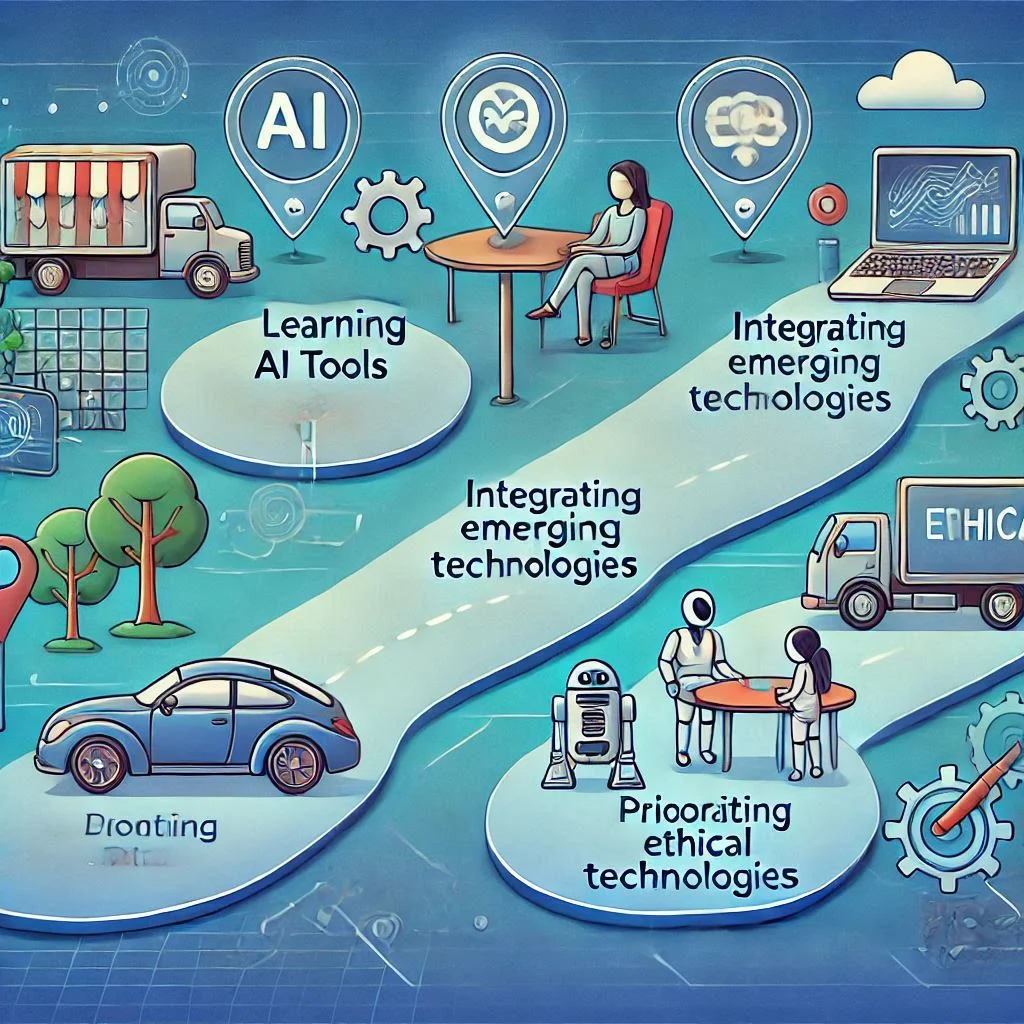
The future of AI in content marketing holds immense potential. By combining technological advances with human creativity, businesses can achieve remarkable results, staying ahead of the curve in a competitive digital landscape.
Here are some of the best AI content generation tools you can use for your blog, along with their features and benefits:
1. Jasper AI
Best For: Versatile content creation across industries.
- Features:
- Generates blog posts, ad copies, email campaigns, and product descriptions.
- Supports over 25+ languages.
- Provides content templates for different use cases.
- Benefits:
- User-friendly interface.
- High-quality outputs that are SEO-optimized.
- Integration with tools like SurferSEO for enhanced performance.
- Why Use It?
Jasper is ideal for creating long-form and short-form content quickly without compromising quality.
2. ChatGPT (OpenAI)
Best For: Conversational and blog content with contextual relevance.
- Features:
- Creates detailed, informative blog posts and scripts.
- Highly customizable outputs based on prompts.
- Supports follow-up queries to refine the content.
- Benefits:
- Free and premium versions are available.
- Broad general knowledge makes it suitable for various niches.
- Continuous improvement through OpenAI updates.
- Why Use It?
ChatGPT is perfect for brainstorming, first drafts, and in-depth explanations.
3. Copy.ai
Best For: Fast content generation with minimal input.
- Features:
- Predefined templates for blogs, ads, emails, and social media.
- Content improvement and rewriting tools.
- AI-powered tone adjuster to align content with your audience.
- Benefits:
- Free plan available for small projects.
- Provides ready-to-use content ideas.
- Simple and intuitive platform for beginners.
- Why Use It?
If you’re new to AI tools, Copy.ai simplifies the process and generates content that’s ready to publish.
4. Writesonic
Best For: Blogging and long-form content creation.
- Features:
- AI article and blog writer that generates SEO-optimized content.
- Integrated SERP analysis for ranking improvement.
- Allows exporting directly to WordPress.
- Benefits:
- Affordable plans for small businesses.
- Can generate complete blogs in minutes.
- Customizable content with keyword optimization.
- Why Use It?
Writesonic is tailored for marketers who want fast, scalable blogging solutions.
5. Narrato
Best For: Content collaboration and project management.
- Features:
- AI-driven content ideation and generation.
- Centralized platform for editing and feedback.
- In-depth performance analytics.
- Benefits:
- Ensures team collaboration for larger projects.
- Offers content workflow automation.
- Built-in SEO recommendations.
- Why Use It?
Narrato is perfect for teams working on blog content with a structured process.
6. Frase.io
Best For: Optimized content creation for SEO.
- Features:
- AI-powered content briefs and outlines.
- Competitor analysis and keyword research integration.
- Scoring system to measure content optimization.
- Benefits:
- Focuses on content relevance and ranking.
- Highlights gaps in existing content.
- Time-saving for content strategists.
- Why Use It?
Frase.io ensures your blog posts are well-researched and optimized to rank higher on search engines.
7. Canva Magic Write
Best For: Visual content paired with concise text.
- Features:
- AI text generator for captions, summaries, and descriptions.
- Works seamlessly with Canva’s graphic design tools.
- Pre-designed templates for content repurposing.
- Benefits:
- Combines visuals and text in a single platform.
- Saves time for social media and infographics.
- User-friendly interface.
- Why Use It?
Ideal for bloggers looking to pair their posts with eye-catching visuals.
8. SurferSEO
Best For: Optimizing existing and new content for SEO.
- Features:
- Content editor with real-time optimization suggestions.
- Keyword research and cluster analysis.
- SERP analysis to improve ranking potential.
- Benefits:
- Ensures your content aligns with search intent.
- Generates briefs based on competitors.
- Integrates with Google Docs and WordPress.
- Why Use It?
SurferSEO is indispensable for bloggers focused on driving organic traffic.
9. Rytr
Best For: Affordable AI writing solutions.
- Features:
- AI-based idea generation and content rewriting.
- Flexible tone and language options.
- Supports blog writing, emails, and social media posts.
- Benefits:
- Cost-effective plans for all user levels.
- Easy to use with preset templates.
- Ideal for quick drafts.
- Why Use It?
Rytr is great for budget-conscious bloggers who need consistent outputs.
10. Grammarly
Best For: Enhancing content clarity and tone.
- Features:
- AI writing assistant for grammar, spelling, and style improvement.
- Tone adjustment for the target audience.
- Integration with multiple platforms like WordPress and Google Docs.
- Benefits:
- Polishes your blog content for readability.
- Ensures professionalism and clarity.
- Adds a human-like editing touch to AI-generated drafts.
- Why Use It?
Grammarly enhances any AI-written content, making it publication-ready.
In conclusion, leveraging AI to generate content has become an invaluable tool for writers, marketers, and businesses looking to enhance productivity and creativity. By understanding the capabilities and limitations of AI, users can make the most of AI-powered tools to streamline content creation, generate fresh ideas, and optimize their workflows. Whether you’re crafting blog posts, social media content, or even complex reports, integrating AI can elevate your content quality while saving time. However, it’s essential to maintain a human touch for quality control and to ensure content aligns with your brand’s unique voice. With thoughtful application, AI can be a powerful ally in creating engaging, high-quality content that resonates with your audience.

